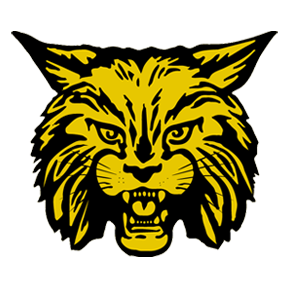Happy Fourth of July, from the faculty, staff and administration of the Carrier Mills-Stonefort CUSD #2!
The Fourth of July, also known as Independence Day, is a tradition that goes back to the American Revolution. On July 2, 1776, the Continental Congress voted in favor of their independence from Great Britain, and two days later the delegates from the 13 colonies adopted the Declaration of Independence. Drafted by Thomas Jefferson, the Declaration of Independence was the first formal statement asserting America's right to choose their own government and officially break away from England.
As the Preamble states, "We hold these truths to be self-evident, that all men are created equal, that they are endowed by their Creator with certain unalienable Rights, that among these are Life, Liberty, and the pursuit of Happiness. That to secure these rights, Governments are instituted among Men, deriving their just powers from the consent of the governed."
On July 4, 1777, Philadelphia held the first annual commemoration of independence. Early festivities included concerts, bonfires, parades, the firing of cannons and muskets, and the public readings of the Declaration of Independence. The tradition of setting off fireworks on the Fourth of July, was started in Philadelphia when a ship's cannon fired a 13-gun salute in honor of the 13 colonies.
After the Revolutionary War, Americans continued to commemorate Independence Day each year. In 1870, the US Congress made July 4 a federal holiday and in 1941 the provision was expanded to grant a paid holiday to all federal employees. Since the late 19th Century, the Fourth of July often involves family get-togethers, fireworks, outdoor barbeques, parades, the flying of the American flag, and the singing of the Star Spangled Banner.

